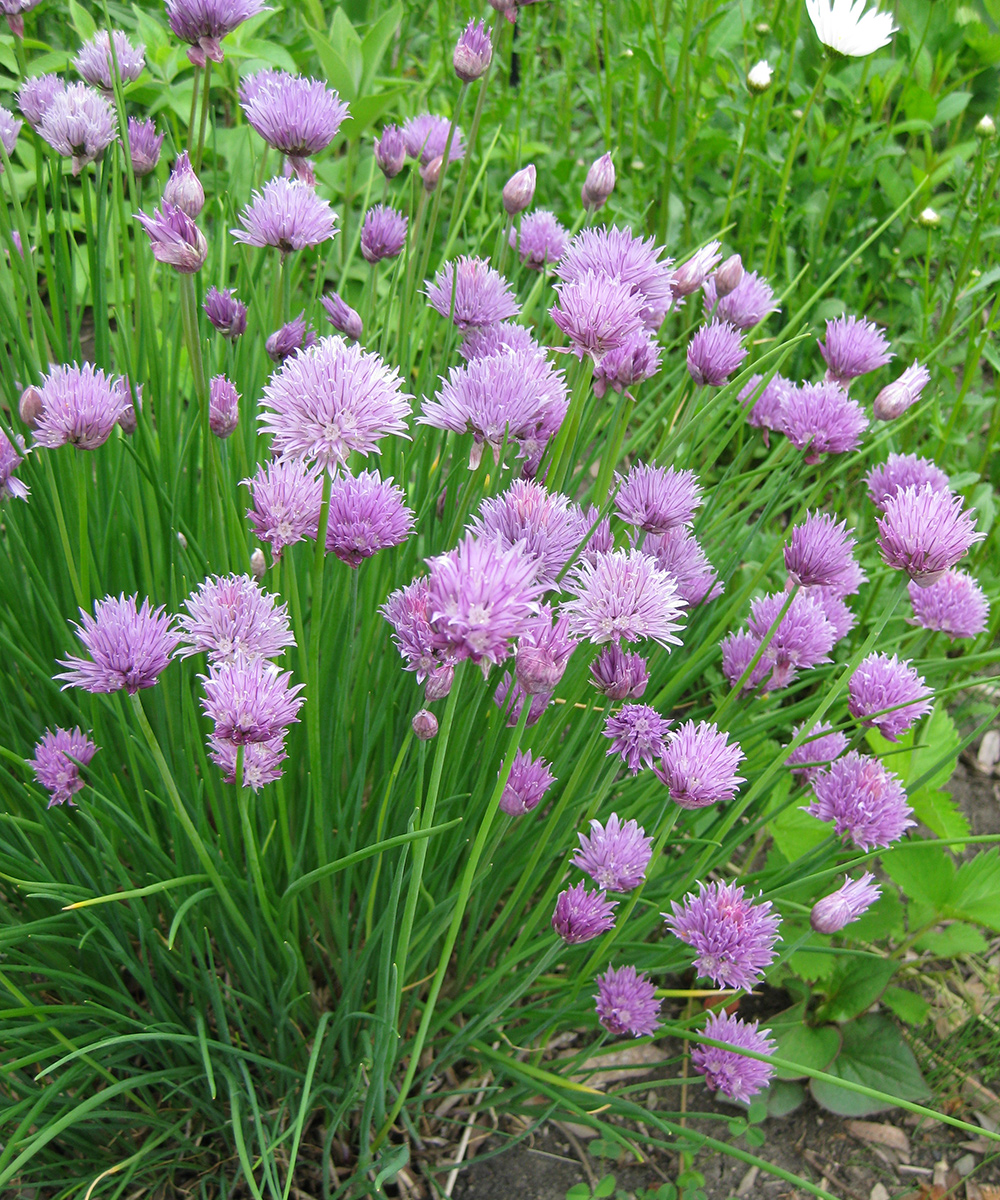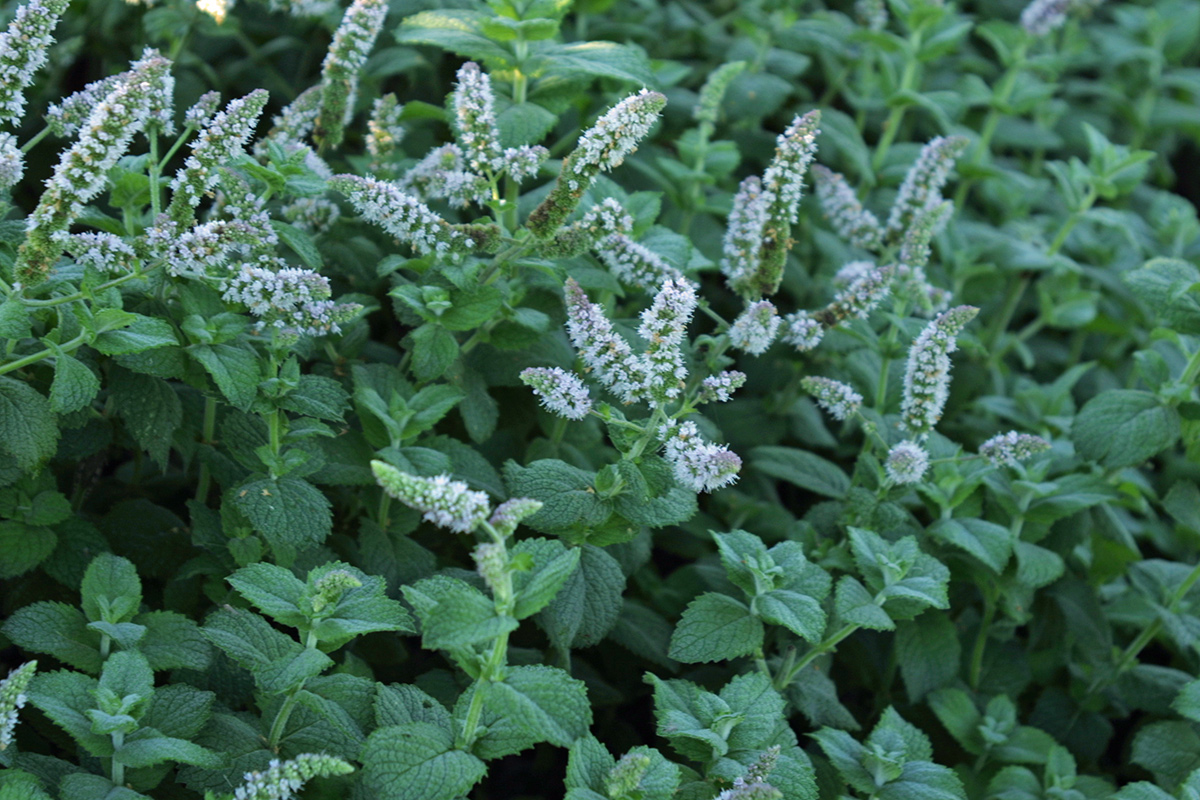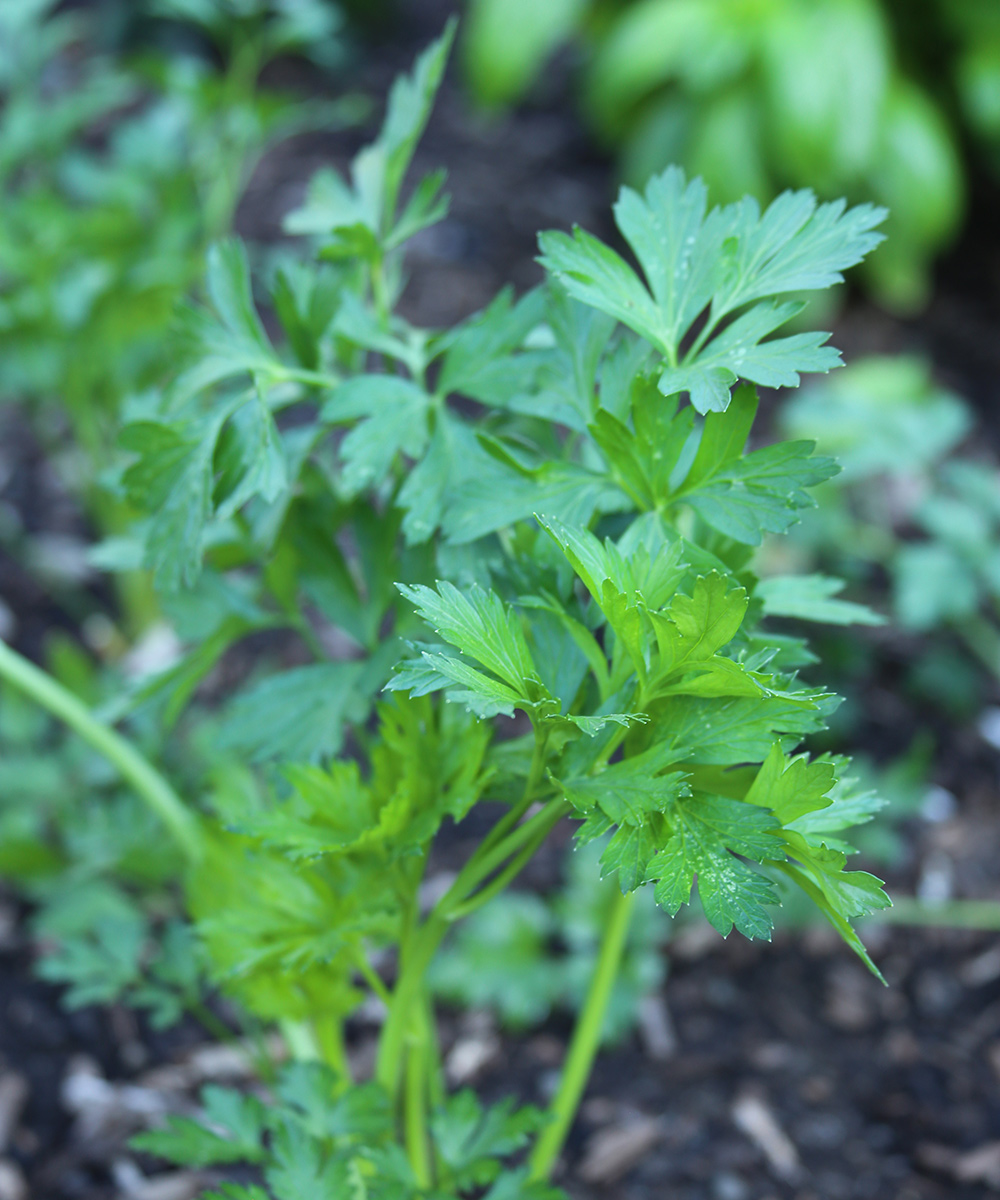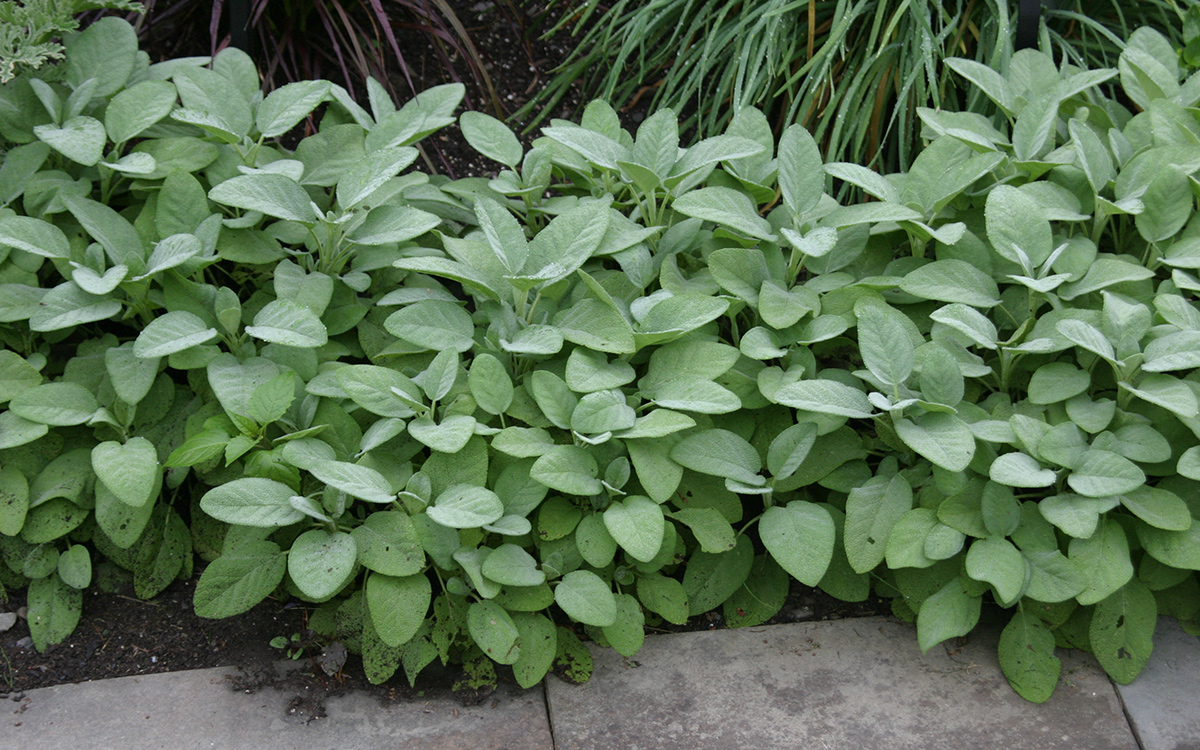Cold frames are a great way to get a jump-start on or extend the gardening season. An easy way to get started with cold-frame growing is to put it to good use cultivating herbs through the winter months. Cold frames create a microclimate by utilizing the sun and insulation. This environment creates conditions so that plants grown inside are protected from frost and can take advantage of warmer soil. Though it takes a bit of effort to set up and maintain, it is well worth the reward of having fresh and flavorful herbs during the coldest months of the year. Even in a Midwest winter, you can grow fresh herbs that will tolerate this chilly but snug situation. Here are some tips and easy herbs to grow in a cold frame.
Cold-frame tips
If you don’t have a cold frame already, they are fairly easy to set up. An appropriately constructed cold frame can be purchased and assembled or done as a DIY project using new or repurposed materials.
- Picking plants that are cold hardy will help ensure success in cold-frame growing.
- Providing moisture is key to plant success.
- Put a thermometer in your cold frame to ensure that the temperature stays below 60°F during the day.
- Vent your cold frame on sunny or warmer days to prevent overheating.
- In cases of extreme cold, you can place an insulating cover over the cold frame at night to keep the plants cozy.
- Snow can act as extra insulation in the case of extreme cold weather. But make sure to remove it when temps rise so that the plants can receive the sunlight they need.

Chives are easy to start in or transplant into a cold frame
Fresh chives (Allium schoenoprasum and cvs., Zones 4–8) have myriad uses in the kitchen, and this includes our winter recipes. Cold-tolerant chives can actually be sown in the spring and will continue to provide fresh growth (remove the flowers) well into winter. However, you can also transplant your chives into the cold frame in fall or plant/sink a container of chives into the cold frame as well.

Potted mints will produce fresh, new leaves when grown in a winter cold frame
The wide range of mints (Mentha spp. and cvs., Zones 3–9) that we can grow in the Midwest is impressive, as is their reliability as vigorous perennials. Do be wary of their propensity to spread; they are often best grown in pots. Even so, with repeated frosts ending the outdoor season for mints, existing pots (or newly potted divisions) can be sunk into the soil within your cold-frame soil with just the rim of the pot exposed. This added ground insulation will allow your mints to tolerate temperature extremes and continue to produce new leaves that can be utilized throughout the winter.

Parsley from a cold frame is great for winter soups and stews
Fresh parsley (Petroselinum crispum and cvs., Zones 5–9) certainly makes a nice garnish, but it also serves as an excellent culinary ingredient throughout the year—including in winter soups, stews, and other comfort-food dishes. Technically biennial, curled and flatleaf parsley selections are both very cold hardy and will continue to provide new leaves when grown in a cold frame.

Even more herbs to grow in your cold frame
Of course, there are many other herbs. Once you get the hang of winter cold-frame gardening, it will be fun to add to your herb lineup. Achieving a balance of humidity and proper air circulation will continue to be important for your success. With a little research, though, you can discover additional methods for growing more herbs in your winter cold frame—including the following:
- Cilantro (Coriandrum sativum and cvs., annual)
- Fennel (Foeniculum vulgare and cvs., Zones 4–9)
- Oregano (Origanum vulgare and cvs., Zones 4–8)
- Sage (Salvia officinalis and cvs., Zones 4–8)
- Rosemary (Salvia rosmarinus and cvs., Zones 8–11)
- Winter savory (Satureja montana and cvs., Zones 5–8)
- Thyme (Thymus vulgaris and cvs., Zones 5–9)
—Mark Dwyer is the garden manager for the Edgerton Hospital Healing Garden in Edgerton, Wisconsin, and he operates Landscape Prescriptions by MD.




